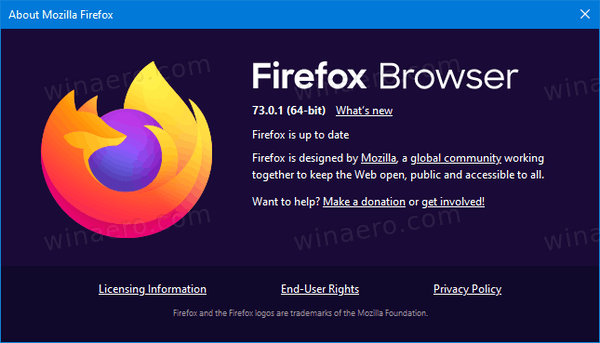

If you want to remove all your extensions and start fresh, you can click the Remove button or use the Extensions tab in CleanMyMac, which manages extensions, add-ons, and plugins from one place. You can disable extensions here, and then turn them back on one by one, in the same way you just checked your plugins. To check your extensions in Firefox, go to about:add-ons, then click Extensions in the sidebar. You can reinstall a fresh copy of the plugin (from official sources only!), or just see if you can live without it. Mozilla then recommends you change the filename to add an X in front, which will remove the plugin. In Firefox itself, you have to type about:plugins, then find the file path for that plugin and navigate to it in the Finder. You can also remove a plugin with CleanMyMac's Extensions tab, which is actually a lot easier than using Firefox. Once the problem reappears, you'll know it was likely caused by the last plugin you re-enabled. Restart Firefox each time and then try to recreate the error. If the problem is gone, turn the plugins back on one by one, just changing that Never Activate option back to Always Activate. In the Add-ons Manager's Plugins panel, you can select Never Activate for each plugin, then restart Firefox and see if the problem is still happening. To check for that, click the Menu button, and then choose Add-ons.

When Firefox stops responding to your clicks it's very likely that one of your installed plugins is the culprit. If you see Firefox using too much memory or CPU, you need to take some action. However, to see the whole picture, get a pro-level app, such as iStat Menus. For basic information, you can use Mac's native Activity Monitor. If the problem persists, check for high hardware resource usage.
Mozilla firefox for mac on the launcher update#
If you see new updates for macOS, click Update and follow the restart instructions.
Mozilla firefox for mac on the launcher software#
Go to the Updates tab and wait till it shows you all the new software versions available. When it's ready, click Restart to Update Firefox and you are ready to go. The latest available update should start downloading automatically. When Firefox is active, just click on Firefox in the menu and select About Firefox. If closing tabs and clearing the cache didn't work, it's a good idea to update Firefox and macOS to its latest versions. Change the time range to Everything, and you can clear all of the cookies, browsing history, downloads history, tabs, saved passwords, and even autofill values. Just click Privacy in the sidebar and then choose Firefox from the list.

It seems like it's almost working, but you can't get anything done. Slow Firefox browsing experience is truthfully beyond annoying.


 0 kommentar(er)
0 kommentar(er)
